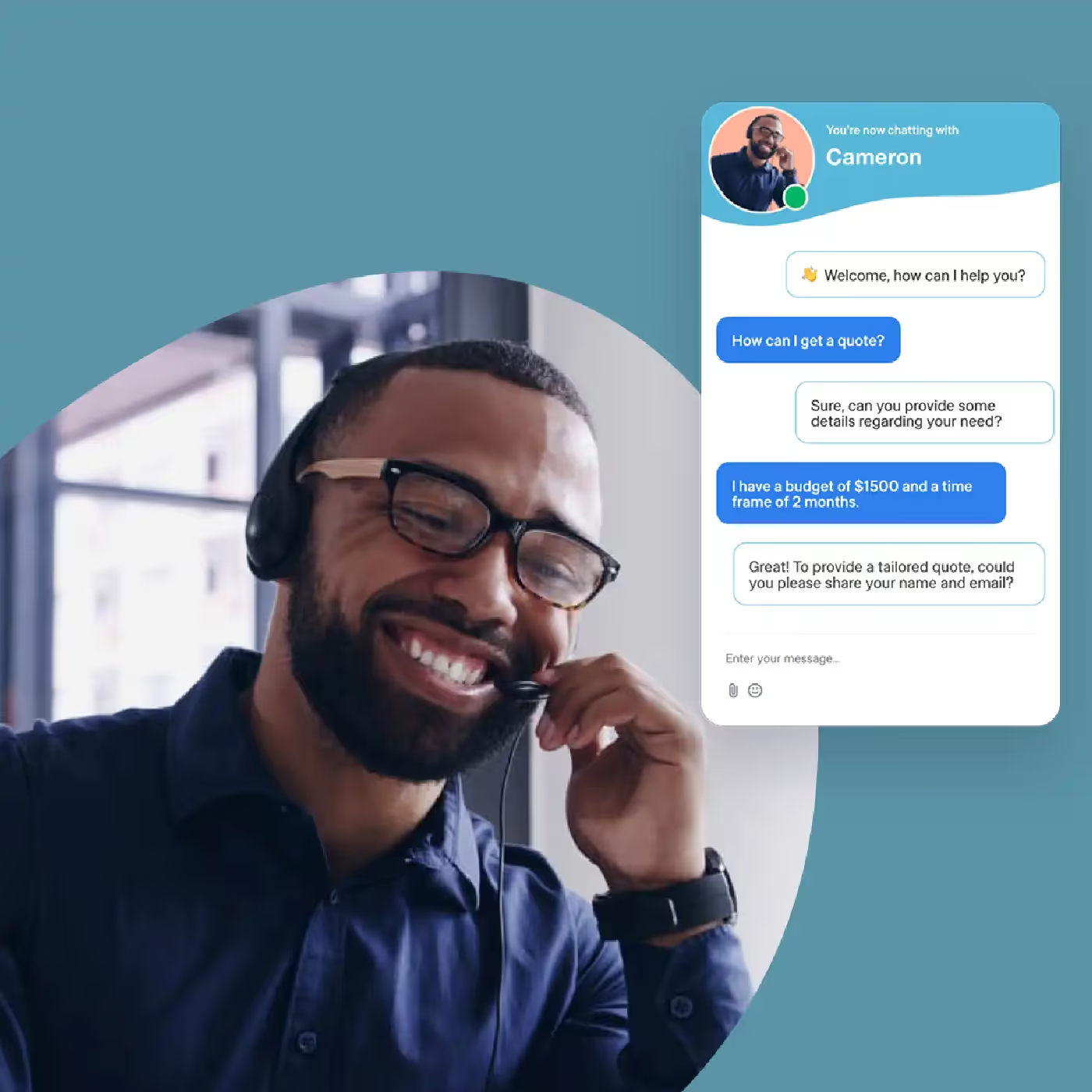Best Ways to Handle Sales Rejection on Cold Calls
Best Ways to Handle Sales Rejection on Cold Calls

No matter how far technology takes us, sales calls still make up a large part of outreach for businesses. In fact, a study in 2022 reported that 82% of buyers who accepted sales meetings did so after a series of interactions that began with a single cold call.
Of course, for every acceptance, there are dozens of rejections. Instead of thinking of them as rejections, though, you should think of them as people who are freeing up your time to focus on those who are interested. Of course, even with that mentality shift, rejection still stings. More importantly, it can be hard to manage for those who aren’t as seasoned.
Whether you’re brushing up on tips yourself or looking for inspiration to help your sales team, here are some of the top tips for handling rejection on cold sales calls.
Acknowledge their rejection
One of the biggest ways that salespeople drop the ball with rejections is that they attempt to ignore, gloss over, or otherwise dismiss them without acknowledgment. When the prospect’s words aren’t acknowledged, they’re immediately going to tune out and turn off any interest they had in paying attention to you. There’s little you can do at this point to salvage the lead.
Listen to people when they say “no” to you. Then, find out why they’re not interested and if there’s anything that you can do to change that. It’s a lot easier to move forward if you are paying attention to the most important element: the prospect.
Don’t take it personally
One of the biggest reasons that sales reps lose confidence in their abilities (and start to decline at cold calls) is that they take rejections personally. Rejection is a part of the process. As we mentioned at the beginning, for every lead that converts, you’ll have dozens of rejections that got you there.
That’s where it comes in handy to figure out:
- Why they said no
- Whether you can change that answer
When you are busy taking things personally, you can’t objectively look at the situation and assess the state of the prospect. Can you change their mind? Should you come back to them later? Or is it a flat-out “no” that means you should cross them off the list? Don’t make decisions based on emotion here.
Take advantage of soft rejections
Some people don’t like to say “no” in so many words. They may instead say something like:
- “Can you send me more information and I’ll get back to you?”
- “I don’t think I need this right now, but maybe down the road.”
- “I already have [service/product]…”
Soft rejections are your opportunity to find out what you can do to get people a little further up on the fence so that getting them over is easier. If you automatically turn these into “no” (or even “yes”), you’re selling yourself (and your lead) short.
Don’t tell people to contact you
While you can invite people to reach out to you at any time with questions, concerns, or other needs, it shouldn’t be your go-to answer for rejections (or anyone). It’s easy for sales reps to sign off with a simple, “Well, let me know if you change your mind.”
However, that’s not going to get you very far. You need to let people know you’ll be reaching back out and find out what you can do to make that next encounter more productive and beneficial for both of you. For example:
Okay, well if I were to follow up in a month with an email or call, what kind of research or insight could I provide to change your mind/sway your decision?
I like to follow up on calls every few weeks—should I put you on the call list, email list, or both? And what kind of information would help you in your decision?
This still gives people the chance to say “no thanks” if they’d rather not. However, it also provides closed questions, which are more likely to get people to think about what they need and then give you answers that you can use to reach out in the future. All rejections are valid, but not all of them are final. Take advantage of that with follow-up contact discussions.
Record and analyze sales calls
What’s a better learning tool than your own previous sales calls? Instead of listening to how other people do it, or seeing what other people do incorrectly, you can review the sales calls of each sales rep on the team. This lets everyone see how they are doing, where they might be hitting obstacles, and if certain pain points or rejections happen a lot and need to be addressed.
For those who are getting a lot of rejections or who just don’t understand where they’re missing the mark, this could be the ideal solution to making improvements. And since the first 20 to 30 seconds of a cold call are the most critical, this will give you a chance to zero in on your opener and make sure it’s flawless.
Stop selling, start helping
Instead of reaching out to prospects to sell them something, try reaching out to help alleviate a problem they’re experiencing or make something in their life easier. Your attitude about cold calls says a lot, including whether you have a “sell” mentality or a “help” mentality.
Use probing questions and do your research in advance to find out what you can do to help your leads, not just how you can sell them your product or service.
Speaking of helping, who’s helping with the new leads?
If you’re not prepared, that influx of new leads from improved sales calls can seem overwhelming. Fortunately, you can partner with the virtual receptionists at Smith.ai and enjoy a 24/7 answering service so you never miss a lead, even if you’re not available. Plus, we can even help with appointment scheduling and lead intake, too.
To learn more, schedule a consultation or reach out to hello@smith.ai.
Take the faster path to growth. Get Smith.ai today.
Key Areas to Explore
Technical Implementation Terms
Voice user interface (VUl) design
Speech recognition integration
Text-to-speech optimization
API connectivity and webhooks
Real-time data synchronization

Your submission has been received!














.svg)



